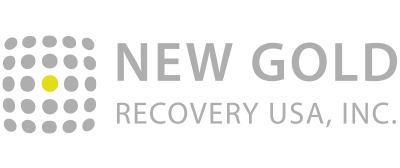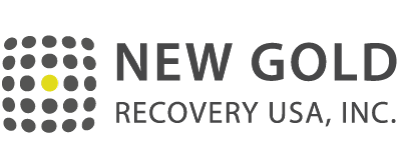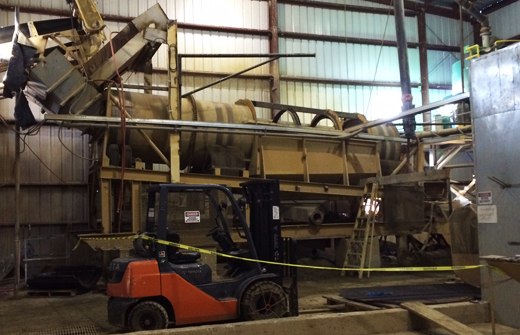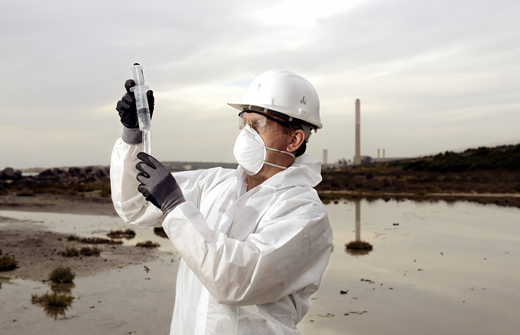It Started With An Idea
How do we advance the technology of gold mining
in order to recover the remaining 60% of the gold present in ore concentrate?
What We Do
Traditional methods of mineral processing reduce ore into fine particles called “tailings” or “flour” which are left in piles or simply thrown out. There are millions of such piles around the planet. Instead of only going after gold nuggets and flakes, we examined the subject of mineral extraction at a microscopic level. With our proprietary, proven and cost effective technology we are able to extract up to 90% (or more) of the gold present in mine tailings.
Developing the technology and proving it could be done was only the first step. The next phase involved establishing facilities that could produce a consistent result on a large scale. New Gold Recovery is now in pre-production stages and is on the cusp of revolutionizing its field.
These results are more than 220% the global average in gold recovery.
The Details
The phrase “panning for gold” probably conjures up black and white images of the 19th century gold miner looking to stake his claim. The technology he used is called “placer mining” but what may come as a surprise is that the technique has not evolved much over the last two centuries.
Present day placer mining uses pans, water and gravity, just like the prospector of 1849, only on a larger scale.
This “modern” placer technology only recovers up to 40% of the gold from every ton of ore concentrate (finely ground ore) as it primarily targets nuggets and flakes of gold. The remaining 60% goes untouched.
New Gold Recovery’s system recovers approximately 90% of the gold present per ton of concentrate, a fact which has been verified by Global Mineral Research (GMR), a world-renowned third-party metallurgical research lab.
To be clear, these results are more than 220% the global average in gold recovery.
Processing methods used in the mining industry involve the use of cyanide and mercury. These methods are so toxic to humans, plants and animals that they are banned in a number of countries around the world.
Our technology has not only enabled unprecedented levels of gold extraction but has the added benefit of being green and eco-friendly, something invaluable in this day and age of climate change and environmental awareness.
Mining sites in Asia, Latin America and Africa use as much as 1,000 tons of mercury every year in their operations. Mercury is extremely harmful to the miners and their families, pregnant women and children. Despite the work provided, the toll on these mining communities has been tragic. As if that were not enough, mercury travels into the atmosphere, settling into oceans and river beds, poisoning fish and disrupting the food chain.
Gold extraction is not permitted in certain areas, such as in Alaska, and Oregon due to the rightful concern for the environment. But with our non-toxic and eco-friendly system, we become the new industry standard for environmentally conscious mining in the 21st century. With our business model and comprehensive strategy, we are mapped out for exponential growth.






